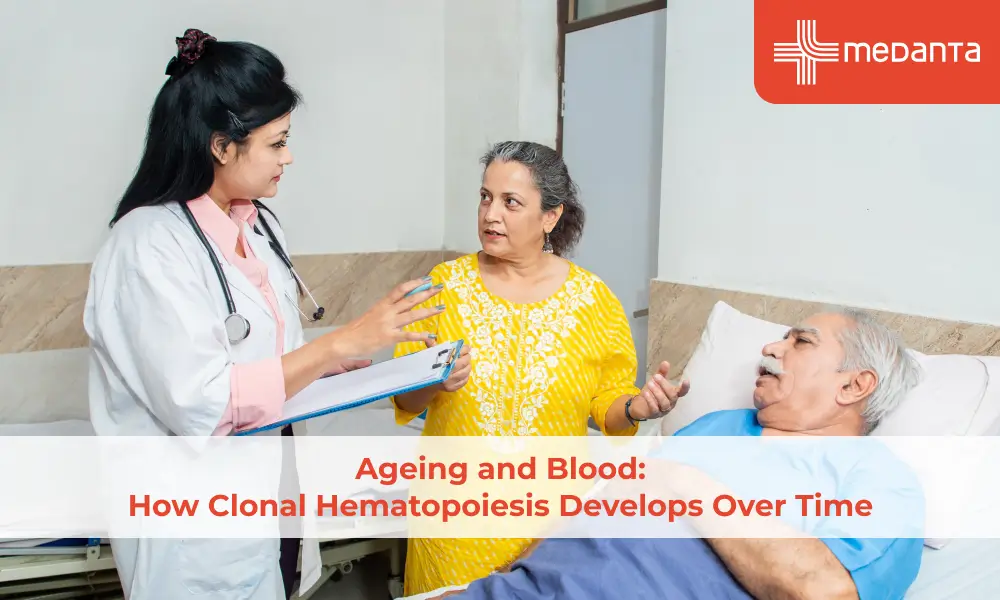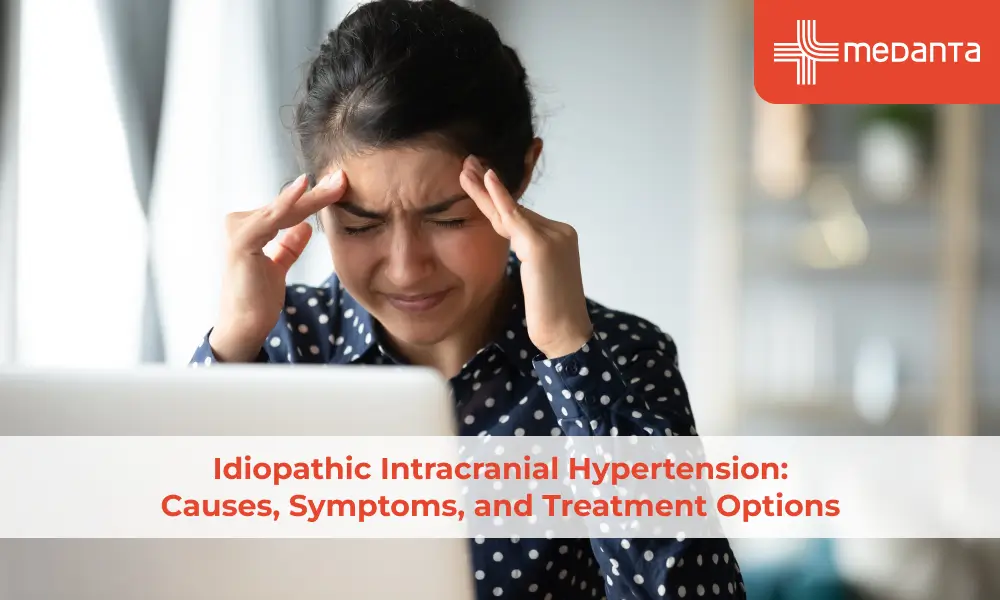Ventricular Assist Devices (VADs)

Ventricular Assist devices are mechanical devices that may be implanted through open heart surgery. Although the surgery is risky, the devices can save the life of the recipient if they have severe heart failure. These devices may be used as temporary assistance before a heart transplant or as a permanent solution to help your heart sustain blood flow. Current technologies of LVADs allow a continuous flow of blood from your heart and are called continuous flow devices.
Does a LVAD replace your heart’s function?
No, it is simply a device that assists your heart. When the left ventricle contracts, the device assists in the contraction by pumping along with the patient’s heart.
How does an LVAD work?
There are several kinds of LVAD devices, each with its variations. An LVAD is composed of multiple parts.
A pump unit is implanted in the apex of the heart, where it receives blood. It then continuously pumps this blood through a tube-based connection to the aorta. The pump is connected to a driveline or a wire that passes out through the skin into the belly, where a control unit is placed. The controller is responsible for running the pump and gives feedback allowing the recipient to operate the system better. A power supply - usually in the form of rechargeable batteries runs the system.
Why is a VAD procedure done?
- Destination therapy or when a heart transplant is not an option - If you are not an ideal candidate for a heart transplant due to age or other factors, VADs may be suggested as a permanent solution. This type of treatment can improve the quality of life. However, if you have blood clotting problems, kidney issues, severe issues with your liver or lungs, or other infections, your doctor may recommend against using VAD as destination therapy.
- Bridge to transplant or a patient who is awaiting a transplant - VADs may be temporarily used in patients awaiting a donor's heart. A VAD can keep blood flowing through the body. This device assists in protecting other organs better and maintaining a healthy condition to receive a transplant when one becomes available.
- Bridge to recovery or a patient who is expected to recover, but needs temporary assistance.
Your doctor will recommend a VAD only after considering multiple factors like:
- Your general health
- The condition of your heart
- Your ability to cope with daily life
- The amount of social support you have or your ability to operate the device
What are the benefits of LVAD devices?
LVADs aid in circulation and help in improving the functioning of other organs in your body. This helps recover functions of the kidneys, liver, brain, etc., and allows you to participate in more activities, including rehabilitation exercises to further strengthen your heart.
- Greater life expectancy
- Better quality of life
- Fewer heart failure symptoms
- Better overall outcomes
What are the risks of Ventricular Assist Devices?
- Complications from surgery like bleeding or infections
- Blood clots - Blood is more likely to clot as it passes through your VAD. Blood clots can in turn lead to serious complications like a stroke or a heart attack
- Infections - Since the VAD opens up a channel for the wire to pass to the outside, there is an increased risk of infections developing.
- Malfunctions of the device - If the pump fails, it may need immediate replacement through another surgical process.
- When an LVAd is implanted, it pumps more blood than it used to, leading to the right ventricle of your heart not being able to cope with the new demand. This may lead to right heart failure. A temporary pump may be needed to assist the right ventricle. Medications and other therapies may also help the right ventricle pump better.
How long can you live with an LVAD?
LVAD is suggested as destination therapy, but that does not mean that it cures the condition. Since it is a newer technology, real-world data is not available to the life of the devices. The pumps may need replacement if they get damaged or start malfunctioning. However, the benefits outweigh the risks for someone with severe heart failure who is unable to or unlikely to receive a transplant.
Can you go home after receiving an LVAD?
Yes. As soon as your condition stabilizes and your doctors are convinced that you are strong enough to handle day-to-day tasks and no other problems will occur, you will be sent home. You will be advised on how to maintain the device, keep it charged and operate it. You will also be told how you can handle different activities and the warning signs to look out for, and alert your doctor. You may have to monitor your weight, temperature, and blood pressure regularly once you go home.
How do you prepare to receive a VAD?
A VAD requires surgery to be implanted. Your doctor will evaluate your fitness for surgery and receive anaesthesia. You may be asked to get admitted to the hospital a few days before to prepare you for the surgery.
You may be asked to get some tests done to evaluate your condition which may include. Some of these tests may be repeated when you get admitted for surgery as well:
- Electrocardiogram - To assess the condition of your heart
- X-Ray - This procedure is done to assess the shape and size of the heart, as well as study the lungs and surrounding areas.
- Blood tests - Blood tests are done to assess the condition of the kidneys, liver, and other organs. Blood tests also determine how well your blood is clotting and your blood count and this helps in assessing if you are fit to receive the surgery.
- Echocardiogram - This test uses sound waves to detect the movement of the heart and to determine whether VAD is a good option for you.
- Metabolic Stress Test - to measure the performance of your heart and lungs under the physical stress of exercise. This test is usually done earlier before the treatment is recommended.
- Heart catheterization - A catheter is a thin long tube inserted into the heart through the veins in your arm or leg. This helps them measure the pressures and flow in the heart and to determine if you are still a good candidate for cardiac catheterization.
What happens during the procedure?
The procedure usually takes between three to four hours. The device is inserted using open heart surgery. You will receive medications that put you in deep sleep. During the surgery, you will be connected to a ventilator to assist with the oxygenation of your body. If your heart is going to be stopped for the procedure, you may be connected to a device known as a heart-lung machine.
You can read more about open heart surgery in our article here.
What happens after the procedure?
You will be required to stay in the Cardiac ICU for a few days when the team can monitor your progress and how your body is responding to the treatment. They can also watch out for risks associated with the procedure and ensure immediate intervention if it becomes necessary.
The number of days in the ICU depends on your health and whether complications develop. After this, you will be sent to a hospital room, where the team will assist you with the process of recovery and help you become more self-sufficient. They will also educate you on how to maintain and use the device properly and on vitals like blood pressure, temperature, and body weight that you may need to keep a track of. The number of days you stay in the hospital depends mostly on your state of health before and after the procedure.
You will be taught:
- Signs and symptoms to watch out for
- What to do if the VAD malfunctions
- How to maintain hygiene in the area
- How to shower without damaging the device
- How to travel with the VAD
- How to decrease your anxiety and stress
- How to go about day-to-day activities
How often do you have to keep getting checkups after the procedure?
You will need follow-up visits after you receive a VAD to ensure you and the device are performing well. However, the frequency of visits needed will taper off to monthly visits. After the first year, the frequency of visits will come down more. You may also need to visit again if you are awaiting a heart transplant. Your doctor may also recommend cardiac rehabilitation programs for your heart health.






